This post may contain affiliate links, which means I may receive a commission from purchases made through the links.
One of the things I like to do whenever I encounter food from other cultures is to evaluate how it has been prepared and to draw comparisons with how we prepare the same dishes in my own culture. Take beef for example. It is consumed globally, but how each culture consumes it varies widely and quite wildly too. From the ingredients used to the methods of cooking, even preservation procedures, the differences abound and are easily noticeable. I am a Kenyan living in the US, and I cannot always help but notice such differences. In this article, I am sharing my observations on the different ways in which Americans consume meat compared to East Africans, specifically comparing popular meat dishes in both regions. I find such cultural differences quite intriguing, and writing about them is my way of acknowledging the diversity, appreciating it, and sharing with others who also care to learn about food in other cultures. If you are like me, please read on. I hope you’ll learn something new as well.
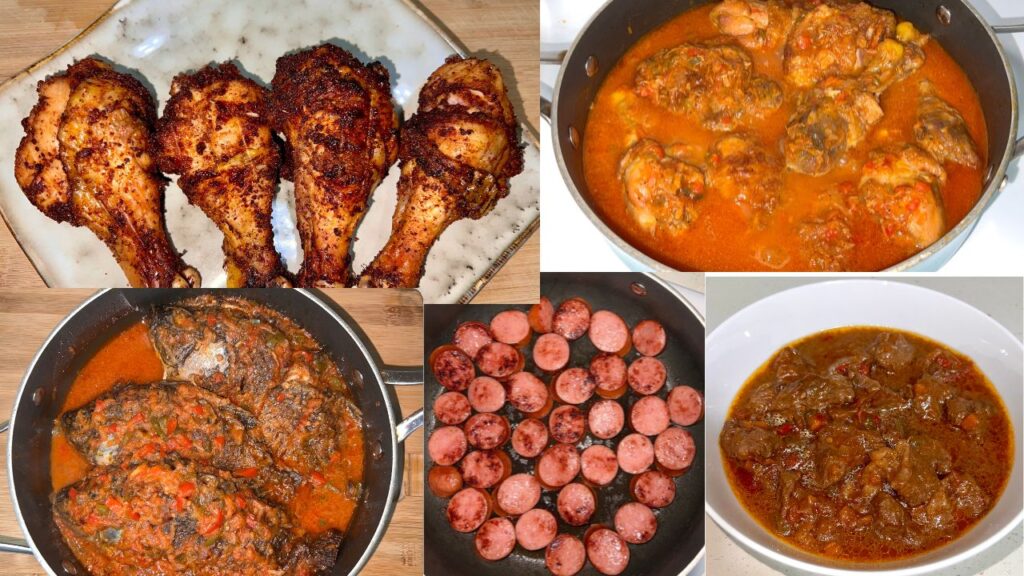
Comparing the Popular Types of Meat
Some notable differences in the types of meat that are consumed in the United States vs East Africa are such as organic vs selectively bred meat, and, to an extent, young vs mature meat.
Organic vs selectively bred meat
Online sources show that as of 2022, about 1.4% of the meat consumed in the United States was organic. This means that for the most part, Americans consume meat that results from selective breeding of various animals, such as broiler chicken. This is different from Kenya, for example, where organically grown meats are more readily available and quite widely consumed. I say this from my own observations as a Kenyan that families in rural areas will often consume meats that they’ve grown locally in their own homesteads or purchase them from local butcheries that also primarily sell organic meats. For urban residents, organic meats, referred to as nyama ya kienyeji – Swahili for ‘local meat’ are still preferred compared to selectively bred meats which are referred to as nyama ya gredi – roughly meaning ‘grade meat.’ Organic meats usually take much longer to mature. In most of East Africa, organic chicken, for example, would be more than a year old while beef would be three or more years old to be considered ready for consumption. On the other hand, in the US, broiler chickens, which are usually ready for consumption at around 4 months old, are more widely consumed.
Several factors could explain the differences in the common types of meat in each region. First, selective breeding of both plants and animals originated from the West. African countries acquired it later and as a result, this practice is still less embraced especially in rural areas. Secondly, the American lifestyle simply does not give much room for individualized organic farming even if individuals want to engage in it. The East African lifestyle, on the other hand, largely permits such practice, so much so that even those who reside in urban areas can rear their own organic meats in their backyards.
This is not to say that selectively bred meats are not consumed in East Africa. They are just less embraced but that notwithstanding, their demand is steadily growing as the population increases and the western lifestyles become more entrenched in the region. On the reverse side, Americans are not left behind on the current trends of healthy living, with healthy eating forming a large part of it. The demand for organic food in the United States has been on a steady rise and has dramatically increased in the past few years according to this article. Indeed, every store I walk into these days has an organic food section and despite it being pricier, more people are choosing organic meats alongside other organic foods every day.
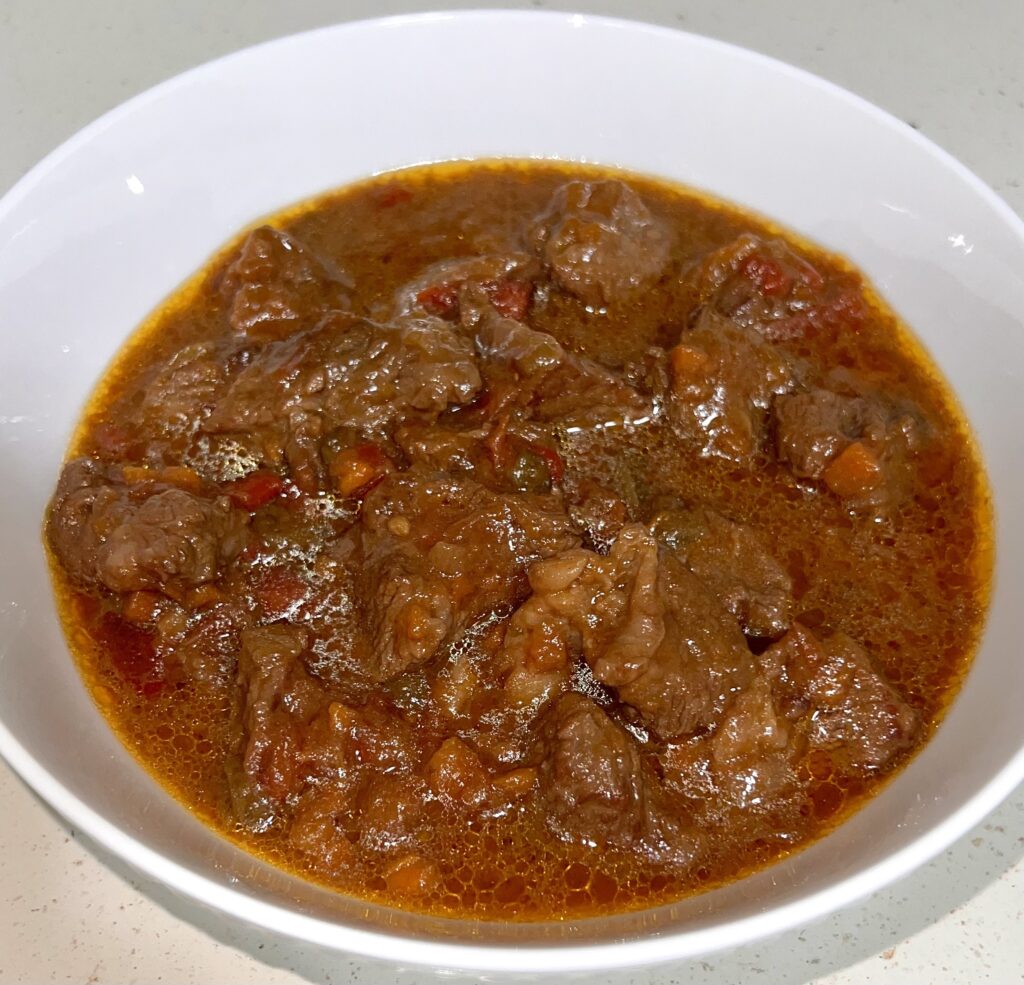
Consumption of Veal (Calf Meat) in the United States
Veal is not a popularly consumed meat in the United States today, but its consumption is generally a practice that is more common in the US than in East Africa. According to Statista, veal consumption in the US has been on the decline since the 1900s due to the negative publicity that hit veal farming. The source indicates that while an average American consumed over eight pounds of veal a year in the 1940s, that amount has dropped to less than a quarter pound a year per person in the last decade. This decrease in veal consumption in the US is attributed to the campaigns launched by animal rights activists who sensitized people to the alleged cruel conditions that dairy calves were subjected to by veal-producing industries. With that said, the US is still the world’s leading producer of veal according to this article.
As someone who wasn’t aware that consumption of calf meat was a thing, I was quite taken aback when I first encountered it in the grocery store in the US. I was looking to buy beef liver which is so popularly eaten in Kenya. However, I came across a liver that was labeled as ‘calf liver.’ I immediately wondered, “Okay, how old of a calf?” Because I grew up in a farming family, always surrounded by animals, and I was quite aware of the practices surrounding meat consumption. That included what could and could not be eaten based on the age of the animal. I later learned about veal consumption in Western countries and the fact that calves can be termed ready for meat at just 16 to 18 weeks old. In most East African communities, young meat of such an age is not to be eaten. Put simply, the more mature (and tougher) the meat, the better, which links back to my previous point about East Africans preferring nyama ya kienyeji over the softer nyama ya gredi.
As I mentioned at the beginning of this article, though, it is always fascinating to learn about other cultures. As we all interact with cultures beyond our own, we often come across practices that we like and admire as well as those that we disagree with. I, in all honesty, do not like the idea of veal consumption and I was happy to learn that it had largely declined in the US. At the same time, I am curious to understand why whoever started veal farming started it, and what reasons they would give to justify the practice. To date, veal consumption is still high in countries like France, Italy, and Germany, to name a few, and I believe those who love it have an explanation for why it is okay.
Slink veal
As I was researching this article, I also learned about slink veal, which is meat from stillborn calves or unborn calves which are obtained from slaughtered pregnant cows. You can read more about it here. I will never understand why anyone felt the need to taste that but thank goodness slink veal is illegal in the US.
Comparing the Popular Cuts of Meat
I never really paid attention to cuts of meat until I moved to the United States. I thought that meat was just meat, but hey, some parts are softer than others, others fattier, juicier, or simply more valuable. In Kenya, I would walk into a butchery and tell the butcher what amount of meat I wanted, and they would cut it from just about any part of the animal. I could be more specific if I needed to and tell them if I wanted ribs only, steak only, and so on. The common practice, though, is for the butcher to give you a mix of cuts from head to toe (or should I say hoof) including some bones in there. That is not the case at all in the United States. At least not in the parts I have lived. The common practice in the US is to buy all my meats from the grocery store, precut, labeled, and priced according to the cut. American meat, especially beef, is prepackaged in readiness for cooking, and different cuts are made to suit particular methods of cooking (which I will get to in a later section of this article). For instance, there are rib-eye steaks, prime ribs, chuck roasts, briskets, sirloin steaks, etc., and Americans will use each of these in specific recipes. All that terminology took me some time to get used to. In fact, I am still getting used to it.
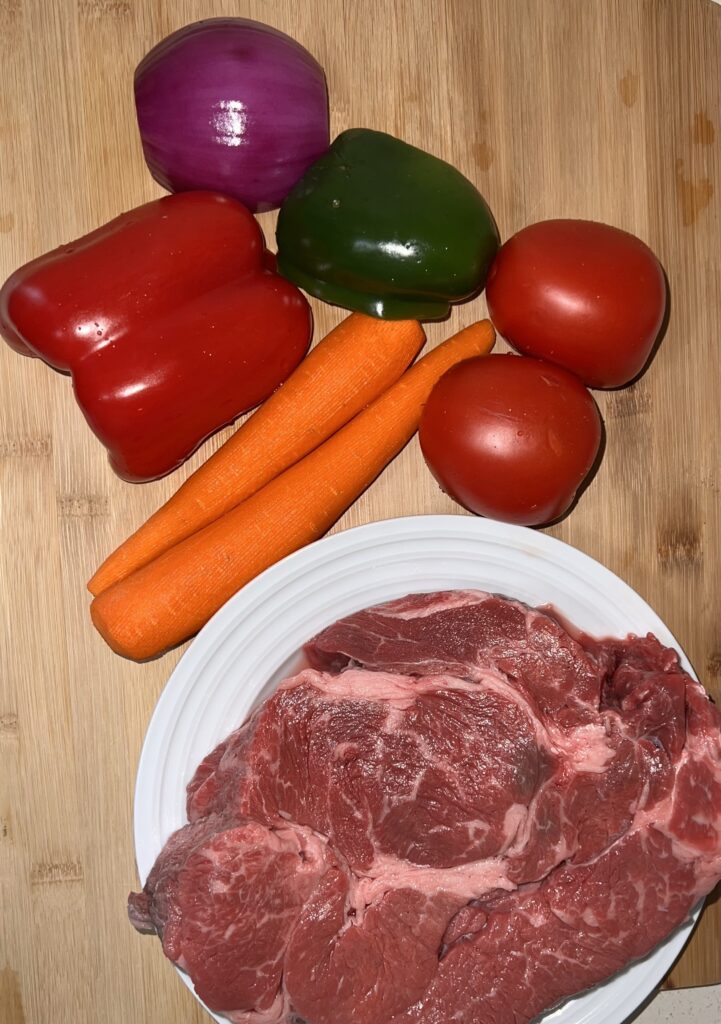
That is not to say that prepackaged meat is absent in East Africa. I’d be lying because this practice is becoming more common in urban areas, especially among well-to-do people. This category of people prefers to shop all their groceries from the supermarkets. However, the majority of East Africans still prefer to go to the butcher for meat as opposed to buying the prepackaged meats from the supermarkets. Kenyans, for instance, believe that the butcher’s meat is fresher as it sells faster than the supermarket meat. In addition, it is fairly priced and like I mentioned earlier, it offers a variety of cuts.
The practice of prepackaging meat for sale in the United States does not only apply to beef but also to lamb, pork, chicken, and even fish. Similarly in East Africa, the practice of buying meat from a butchery with the flexibility of mixing different cuts applies to all those types of meats. Whether it’s pork or goat meat that you want, the butcher will cut and weigh it in your presence. Usually, you have room to complain if your cut is too bony, too fatty, etc., and you can ask for some pieces to be replaced. When it comes to chicken, options exist where you would choose a live kienyeji chicken, pay for it, and it is prepared for you to take home and cook. Some of my American friends cringe at the thought of that. See, different cultures, different practices.
Consumption of Organ Meats in East Africa
Organ meats (offal), as the name suggests, are meats that are basically the bodily organs of animals. So, the liver, kidney, heart, blood, lungs, intestines, tongue, and so on. Also known as offal, organ meats are a treasured delicacy in many communities across East Africa. They sell out first and fast in butcheries. In fact, people preorder them. It is cheaper meat, so it is sometimes associated with the lower class, but I’ve seen organ meats being served almost everywhere and to people of all classes, at least in Kenya and Uganda. That is not the case though in the US. Except for the liver, I have not seen other organ meats being as readily available. One would have to check out specific stores that cater to certain nationalities to find such meats. I read that Americans loved organ meat before World War II but after it ended, its consumption shrunk drastically. Apparently, the meats became undesirable to many as they were associated with poverty.
In East Africa, beef organ meats are used to prepare delicious stews that are often served with ugali. Goat offal, on the other hand, may be fried or roasted and enjoyed with ugali and kachumbari as well. There are other special dishes that incorporate organ meats like katogo in western Uganda – a breakfast dish made with green bananas simmered in organ meat stew. I miss that meal.
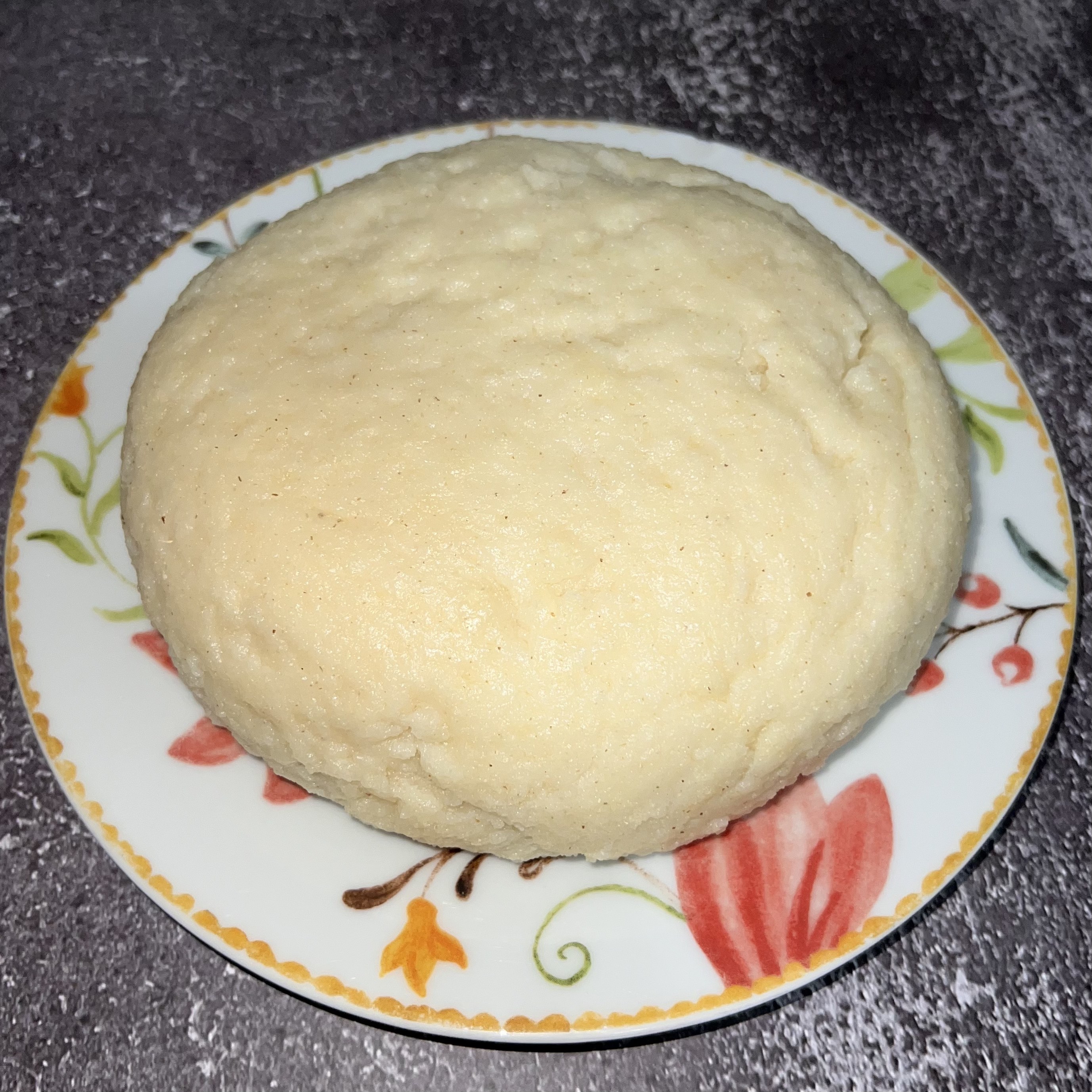
In Kenya, organ meats are also used to make a popular street food known as ‘mutura.’ Mutura is basically a cow intestine that is stuffed with other organ meats, including blood, and sometimes with diced vegetables and other seasonings. The intestine is boiled until everything in it is thoroughly cooked, then it is roasted to achieve a more appetizing exterior color. Once ready, it is sliced and sold on demand, often to customers who are eagerly waiting. Learn more about how mutura is prepared from my article on the common cooking methods in East Africa.
Comparing Meat Cooking Methods
This is another area in which I have observed huge differences in the two cultures. Even where similar methods of cooking are used, as in grilling or roasting meat, differences arise in how the meat is prepared for grilling, what ingredients are added at different stages of grilling, and how it is served thereafter. As I mentioned in my previous article on the popular cooking methods in the United States, it is more of a common practice in the United States for people to apply barbecue sauces to grilled meats or serve them with a wide variety of condiments. In East Africa, roasted meat is often served as is, and people will season it with just salt and pepper. The use of any other condiment is minimal.
Also, I mentioned earlier that American meats are often sold precut for specific uses. There are cuts that are meant for grilling, searing on a skillet, for pot roasts and others for braising and broiling. I am not sure, but I think an American would find it weird if I used a rib eye to make a stew. I don’t know. But in East Africa, these specifications are not really there. As such, you would find any cut of meat on the grill, just like you would find any in a stew. Of course, some people may have preferences, but I have never heard of any established rules.
On foods like fish, Americans prefer to use fillets while East Africans will cook the fish whole most of the time. Food items like fish fingers, therefore, are more common in the US than in East Africa. Also, practices like grilling burger patties, sausages, hot dogs, and so on are more American than they are East African, although these practices do exist in East Africa too. Just on a smaller scale.
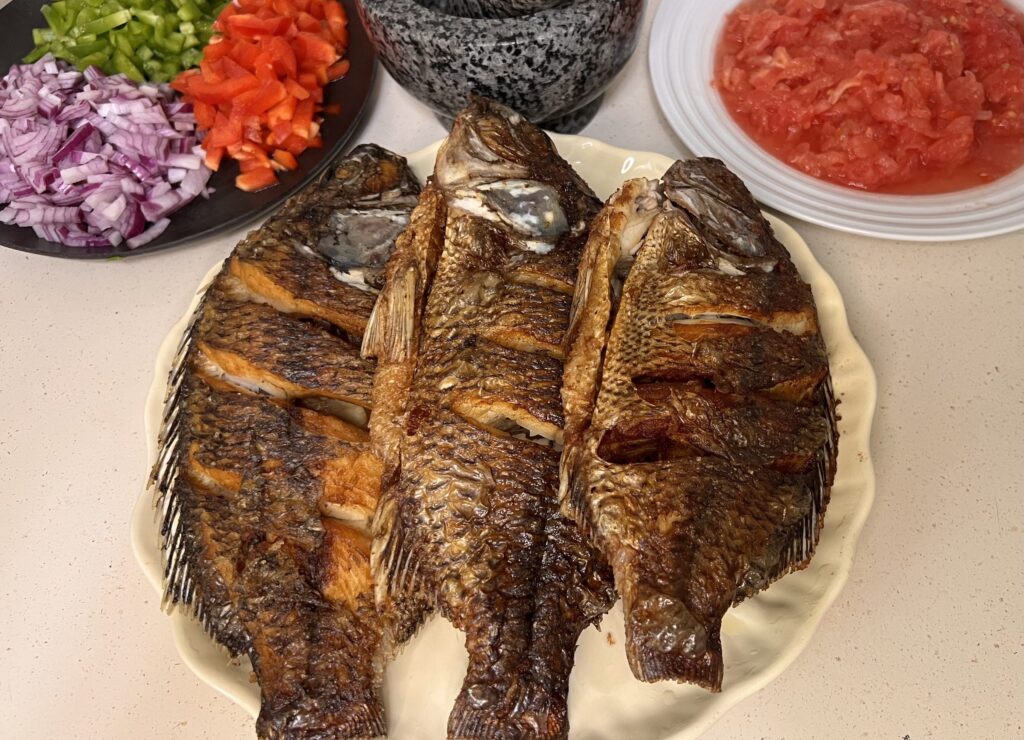
Further, on the methods of cooking, some, like frying, are common in both regions, while some are more common in one region than the other. Baking meats, for instance, is more of a common practice in the US while it is largely absent in East Africa. Instead, stewing tends to be more common in the latter region. Other methods such as slow cooking or pot roasts do exist in both cultures, but each does it differently using different equipment. Americans may use crock pots to slow-cook meats while traditional East African cooks would use a clay pot or other types of heavy cast iron pots for the same purpose.
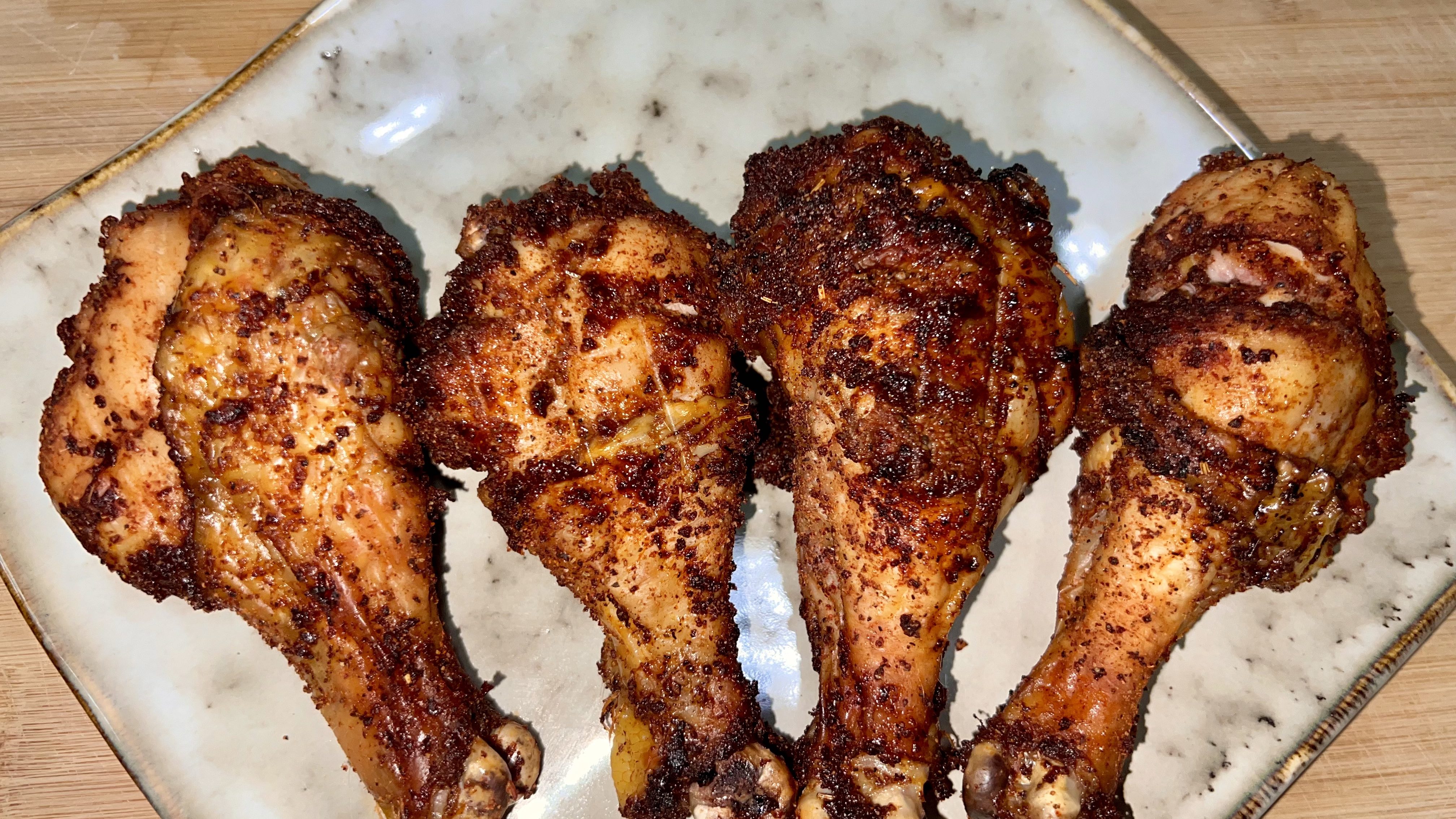
Comparing Meat Eating Norms
Meat-eating norms also differ to a notable extent in the two regions. Americans generally use cutlery to eat meat while East Africans will eat with their hands for the most part. Both are cultural practices that go beyond eating meat, of course, but me thinks the food itself in a way also dictates how it is to be eaten. Remember when I talked about East Africans loving their tough organic meats? Yeah, those require to be eaten by hand because cutlery just won’t cut it. Literally. If not simmered long enough, that meat can be so tough that you would be forced to use both hands to deal with it. Also, it holds so tightly to the bone that trying to use cutlery with it would only lead to an embarrassing mess. Many times, while in restaurants in Kenya, I’ve seen people being served such meats with cutlery, and they would attempt to use it, give up, and go find the sink to wash their hands. It happens all the time.
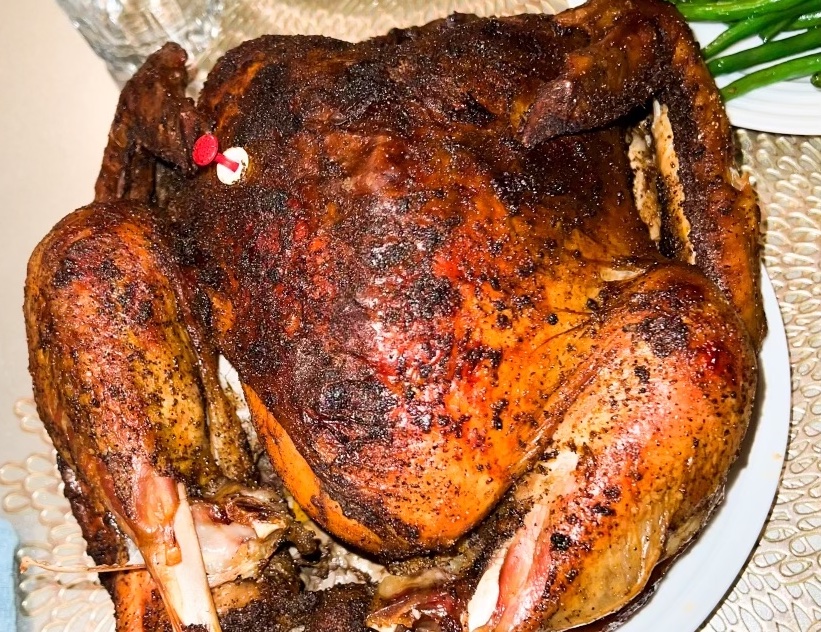
Looking at American meat dishes, on the other hand, their soft nature as well as the ways in which they are presented to the eater allow for comfortable use of cutlery. Steaks are usually already cut in single-serve portions and are boneless, while pot roasts and other larger meats like the Thanksgiving turkey are carved before being served. All these make it possible and easy to eat with a fork and a knife. Again, these practices exist in East Africa as well but not to the majority of the people. So, if you are an American and you plan to visit East Africa and eat real local food, it may be a better idea to use your hands.

Consumption of Exotic (Game) Meats
Exotic meat or game meat is that from non-domesticated animals. People basically go hunting for these meats, and different locations may be rich in different exotic meats. This type of meat is consumed in both the United States and East Africa, although it may not be part of the mainstream diets. In the United States, common exotic meats include deer, elk, ostrich, alligator, duck, and rabbit among others. In East Africa, impala, gazelle, ostrich, crocodile, and rabbits are among some of the commonly consumed exotic meats. Whether in the United States or East Africa, exotic meat hunters are usually expected to abide by some laws and regulations on hunting and to steer away from illegal poaching. The United States, for instance, has specific seasons for hunting certain animals while Kenya has rules in place against the hunting of some animals, especially if a species is endangered.
Conclusion
Although meat is highly consumed in both the United States and East Africa, there are numerous differences in the meat dishes in both cultures. In other words, it may not be an obvious fact that an American will enjoy East African meat dishes and vice versa. Most of the meats differ not only in their nature but also in the ways they are cooked. I enjoy pointing out such observations and sharing them with readers who may also find it fascinating. Thank you for reading up to this point! I would love to hear about your experiences with meat dishes from cultures other than your own. Please share your thoughts in the comment section of this article.






